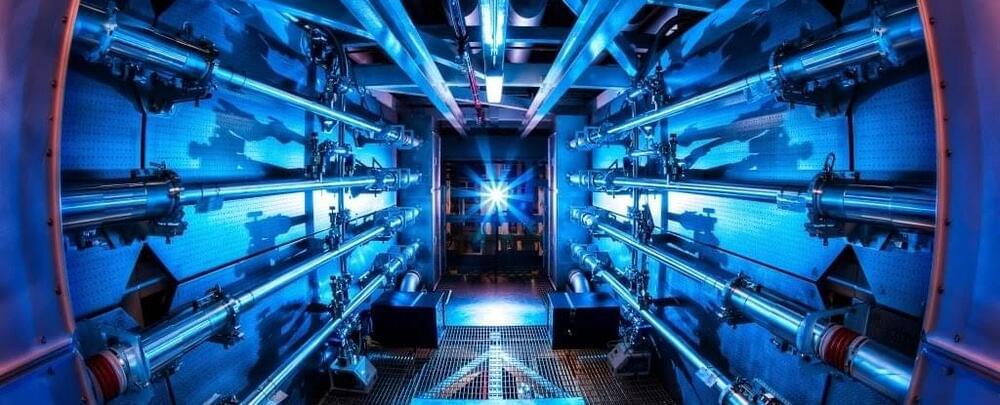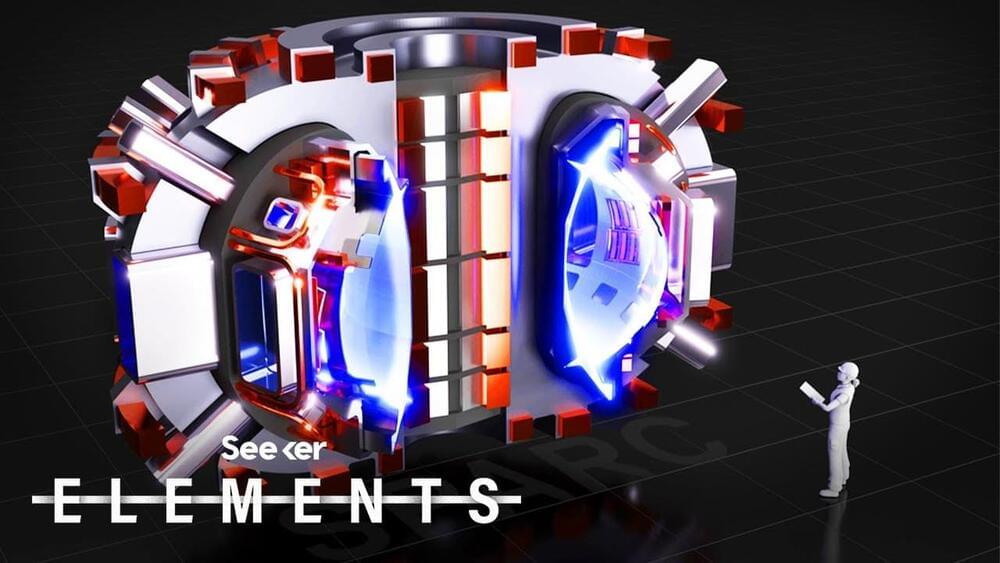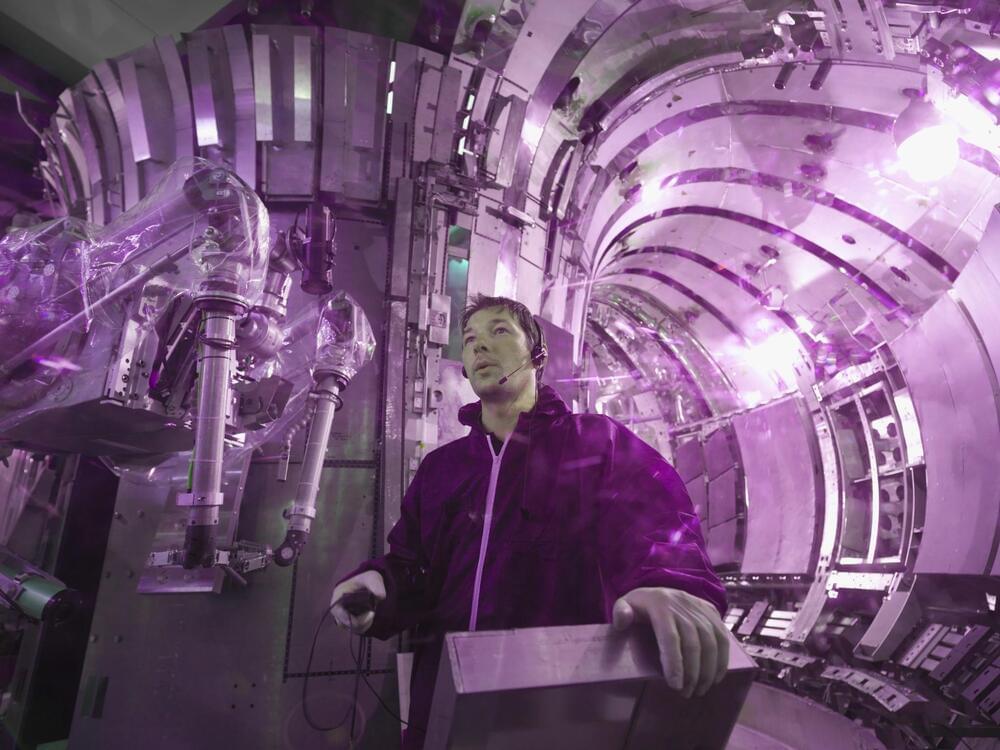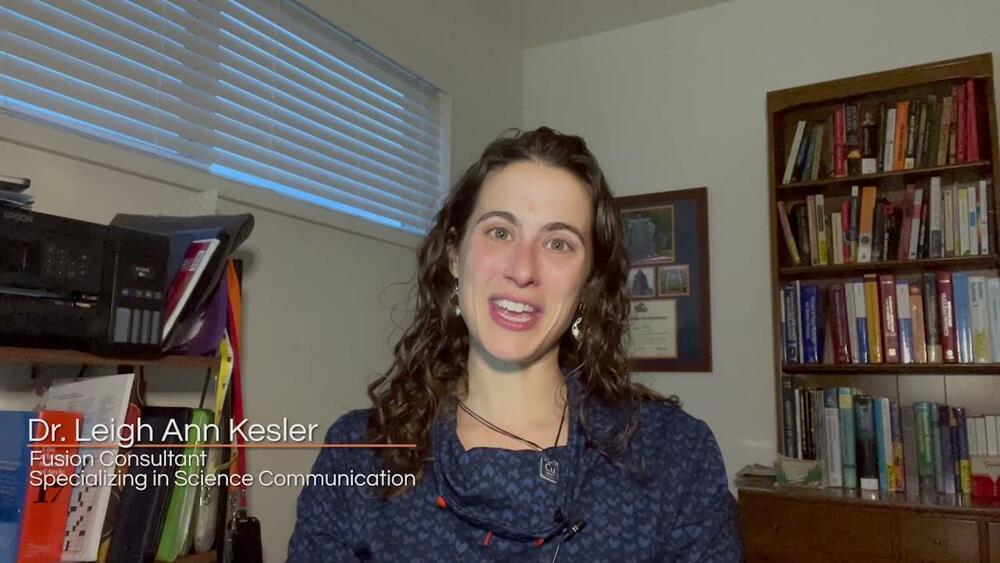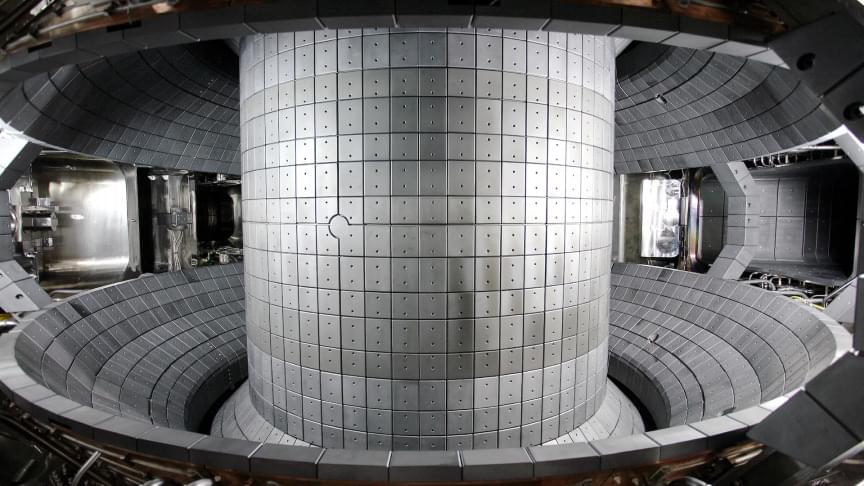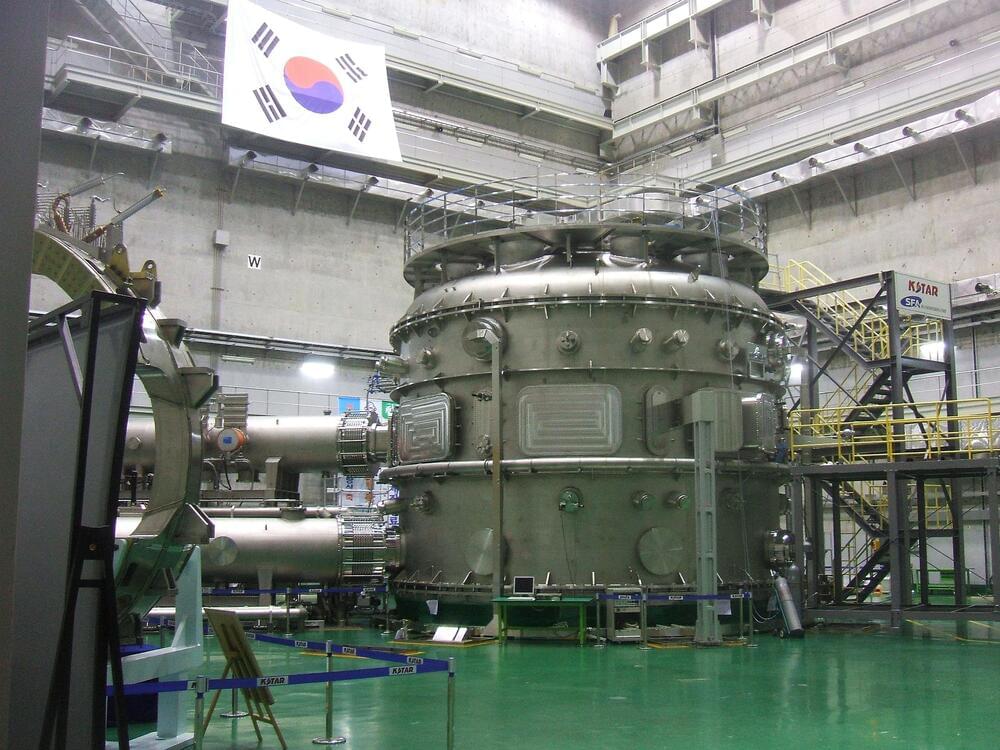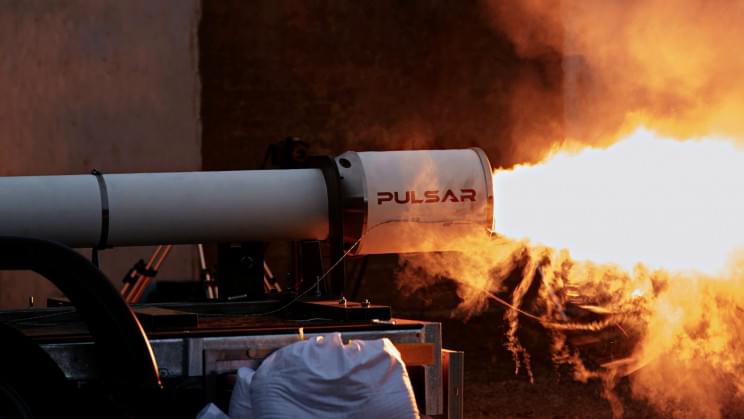Dec 3, 2021
Finally, a Fusion Reaction Has Generated More Energy Than Absorbed by The Fuel
Posted by Shubham Ghosh Roy in category: nuclear energy
A major milestone has been breached in the quest for fusion energy.
For the first time, a fusion reaction has achieved a record 1.3 megajoule energy output – and for the first time, exceeding energy absorbed by the fuel used to trigger it.
Although there’s still some way to go, the result represents a significant improvement on previous yields: eight times greater than experiments conducted just a few months prior, and 25 times greater than experiments conducted in 2018. It’s a huge achievement.
